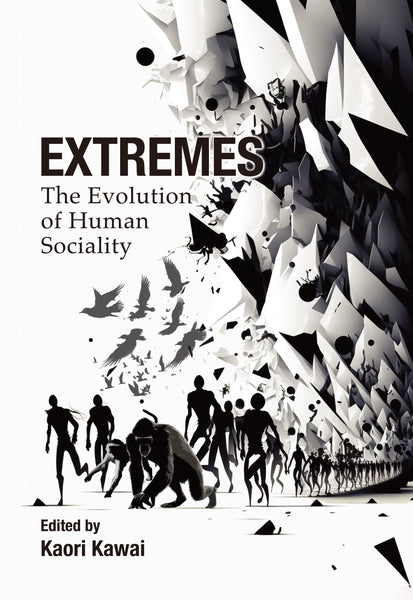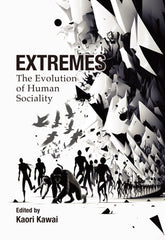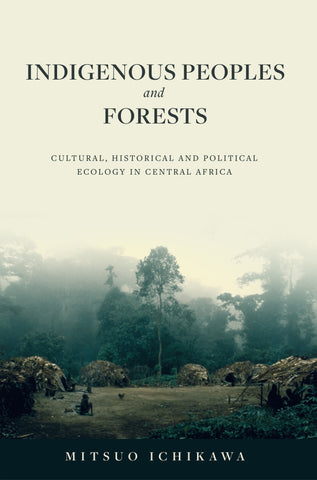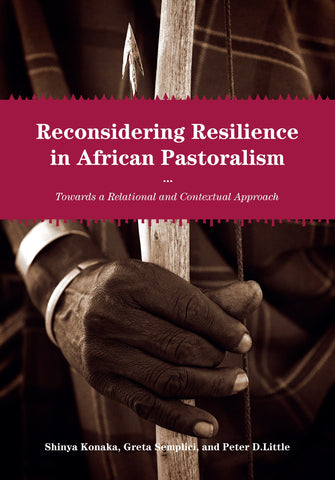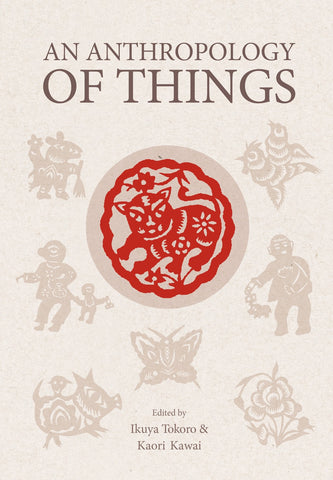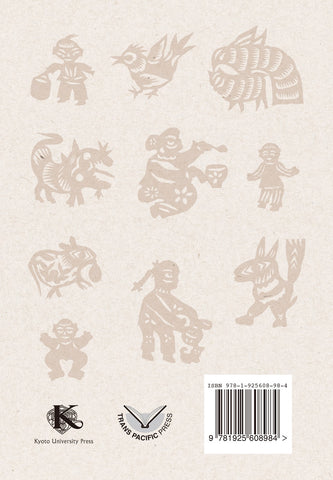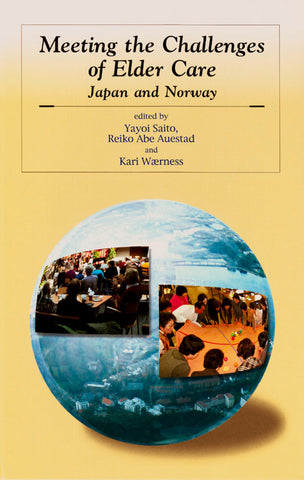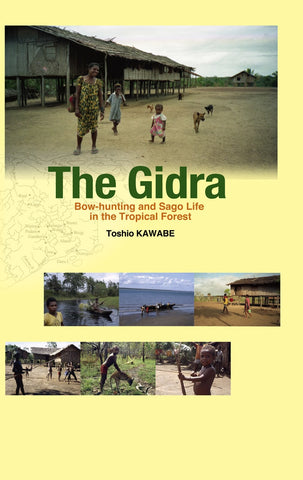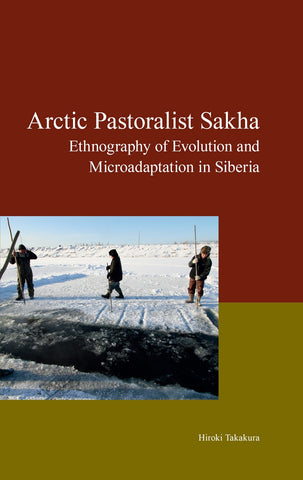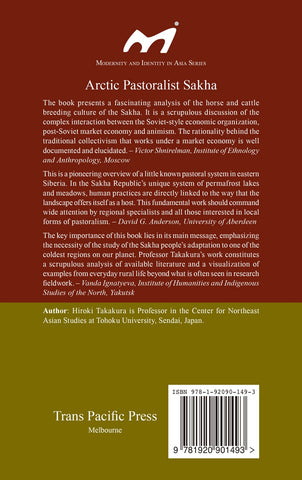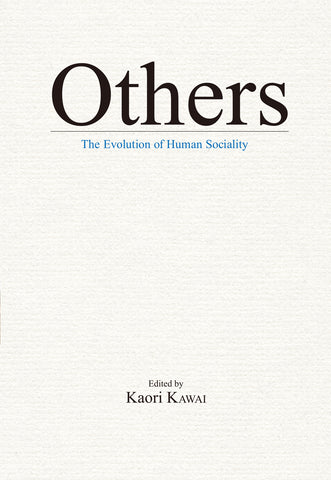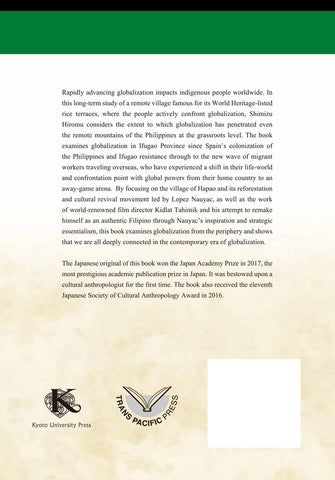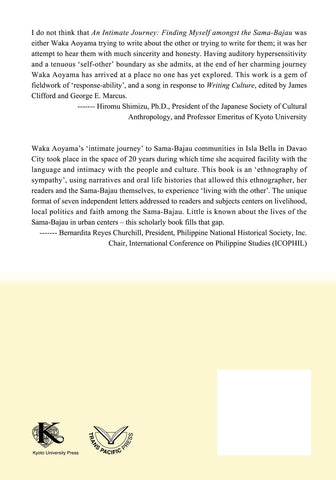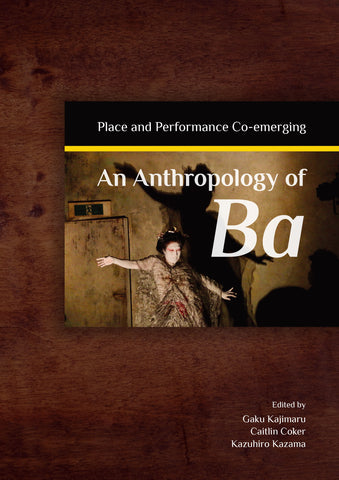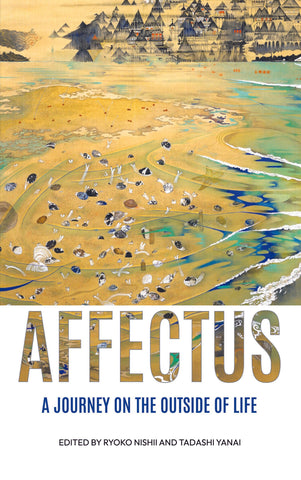Extremes
Many In Stock
Humans have always faced the threat of extinction. This book takes a broad perspective of the ‘extreme’ conditions of human existence and survival to examine how extremes have forced humans to change and how such extremes have determined the nature of society.
This book is the final volume in The Evolution of Human Sociality series, a collaborative research project between primatologists and anthropologists. In seeking to understand human sociality, twenty-one authors focus on states of extremity and the ways in which they are perceived and confronted by humans and primates. The contributors consider, among other topics, the 'extremes' of urbanization and the disappearance of village societies; the 'extremes' of climate change, the Anthropocene, and the extinction of the human species; the 'extreme' of human birth; the 'extreme' of the absence of mothers for infant chimpanzees; and the ‘extreme’ of radiation disaster.
On a more theoretical level, the book illustrates what happens at the moment when humans and primates choose their actions to survive under the pressure of extremes, as well as the mechanisms at the ‘tipping’ points of their action selection.
About Editors and Authors
KAWAI Kaori is a Japanese cultural anthropologist whose research focuses on East African anthropology. She is currently Professor at the Institute for Languages and Cultures of Asia and Africa (ILCAA), Tokyo University of Foreign Studies. Her involvement in cultural anthropological research in Kenya began in 1986, and she completed a PhD in Science at the Graduate School of Science, Kyoto University, in 1994. She was Associate Professor in the Faculty of Humanities, Shizuoka University, and Associate Professor at the Institute for Asian and African Languages and Cultures, Tokyo University of Foreign Studies, before taking up her current position as Professor at the ILCAA in 2015.
Table of contents
Introduction: Existence, Environment, and Extremity: Seeking an Evolutionary Historical Basis for Human Sociality
Part I: Livable Extremes: Between Nature and Society
(1) Momentum as an Extreme: The Sociality of Moving Groups
(2) At the Fringes of Society: The World Brought into Being by the Extreme of the Present
(3) The Ontology of the Extreme: Seeking an Evolutionary Basis for Human Sociality in the Systems of Inuit Subsistence and Modernity
(4) Mortality: Ecological and Life History Interpretations of the Mortality Rate in Human Evolution
(5) The Anthropocene as Extreme
Part II: Realizable Extremes I—Existence and Social Environments
(6) On the Survival of Orphaned Chimpanzees: Does a Mother’s Absence Constitute an Extreme Social Environment?
(7) When Newcomer Females Become Separated: Human Modes of Coexistence and Their Limits from the Perspective of Chimpanzee Partings and Reunions
(8) Isolation as a Singular Point of Society: When Wild Chimpanzees Become Solitary
(9) Rethinking Pastoralist Nomadism: Dealing with the ‘Extreme’ among the Dodoth of East Africa
Show More >
Introduction: Existence, Environment, and Extremity: Seeking an Evolutionary Historical Basis for Human Sociality
Part I: Livable Extremes: Between Nature and Society
(1) Momentum as an Extreme: The Sociality of Moving Groups
(2) At the Fringes of Society: The World Brought into Being by the Extreme of the Present
(3) The Ontology of the Extreme: Seeking an Evolutionary Basis for Human Sociality in the Systems of Inuit Subsistence and Modernity
(4) Mortality: Ecological and Life History Interpretations of the Mortality Rate in Human Evolution
(5) The Anthropocene as Extreme
Part II: Realizable Extremes I—Existence and Social Environments
(6) On the Survival of Orphaned Chimpanzees: Does a Mother’s Absence Constitute an Extreme Social Environment?
(7) When Newcomer Females Become Separated: Human Modes of Coexistence and Their Limits from the Perspective of Chimpanzee Partings and Reunions
(8) Isolation as a Singular Point of Society: When Wild Chimpanzees Become Solitary
(9) Rethinking Pastoralist Nomadism: Dealing with the ‘Extreme’ among the Dodoth of East Africa
(10) Approaching the World of the Living from the Extreme of ‘the Invisible’: Thoughts on Spirits, the Dead, and Radioactivity
(11) On the Environment and Existence in Hazard Situations: Comparing Extreme Situations in the Mindanao Conflict and Radioactive Damage in Fukushima
Part III: Realizable Extremes II—The Power of Memory and Imagination
(12) Between Ethnic Favoritism and Ethnic Hatred
(13) A Survival Strategy for Extreme Populations: Mbotgote, 1974–76
(14) Interaction Communication Systems and the Context of ‘Society’: Communication as a Touchstone for Approaching the Extreme of the Disappearance of Local Community
(15) Extinction as an Extreme: Its Entitative and Categorical Phases
(16) Living at the Extreme: A Case of Sex Workers in Mumbai, India
(17) The Inevitability of Extremes: Thinking about Initiation in Papua New Guinea
Part IV: Extremes Engraved in the History of Human Evolution
(18) Childbirth and Birth as Extremes: A Benediction by a Hard and Narrow Path
(19) A Distinctively Human Aspect of Cooperative Food Preparation and Survival: When Food Became a Community Resource
(20) Exploring the Habitat of Ardipithecus ramidus: by Modeling the Survival Environment for Extant Primate Groups
(21) Evolutionary and Cultural ‘Swing-by’ through Encounters with Others: A Comparison of Archaeological and Ethnographic Data
< Show Less
